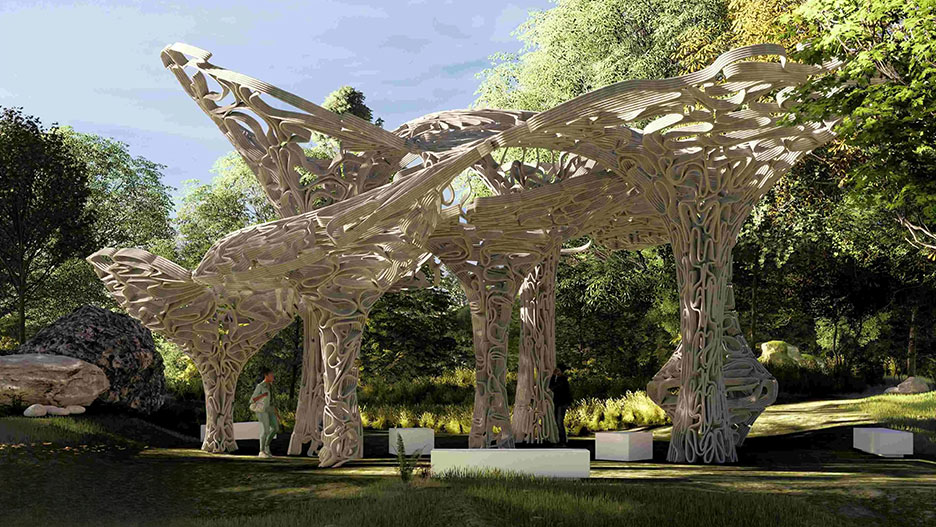In the "Environment-Reactive Computation (with Ladybug)" workshop, we'll learn how to create sustainable designs using infinitely scalable methods.

We now have the ability to design systems with unlimited specificity using modern manufacturing techniques. Tools like Grasshopper, Lunchbox, and Ladybug allow us to create parameterized spaces that adapt to the surrounding environment without requiring expensive, power-hungry movement systems or manually tuned pieces that degrade over time. We can develop infinitely customizable approaches that creatively react to the surrounding environment using site forces around a piece of architecture.
This technique can create building shapes, facade systems, program layouts, and more. By utilizing computational techniques as a tool for sustainable development, we can better understand the various effects that different building systems will have and how even minor changes can have significant effects.
Amin mostafavi 2024-10-09 22:38
great
Aya Khaled 2024-12-09 13:28
it was perfect
Md Tareq Abdullah 2025-12-01 02:59
This workshop Environment‑Reactive Computation (with Ladybug) gave me a really eye‑opening intro into making architecture that actually responds to environment instead of fighting it. We used Ladybug Tools (with Rhinoceros 3D + Grasshopper) to build parametric designs that react to local climate, sun angles, and site conditions — basically letting geometry adapt naturally.  The workshop mixes technical bits like list‑structure and math logic with real‑world mindset about sustainability, which felt useful and inspiring. It’s beginner‑friendly but still gives tools for serious environmental‑aware design.